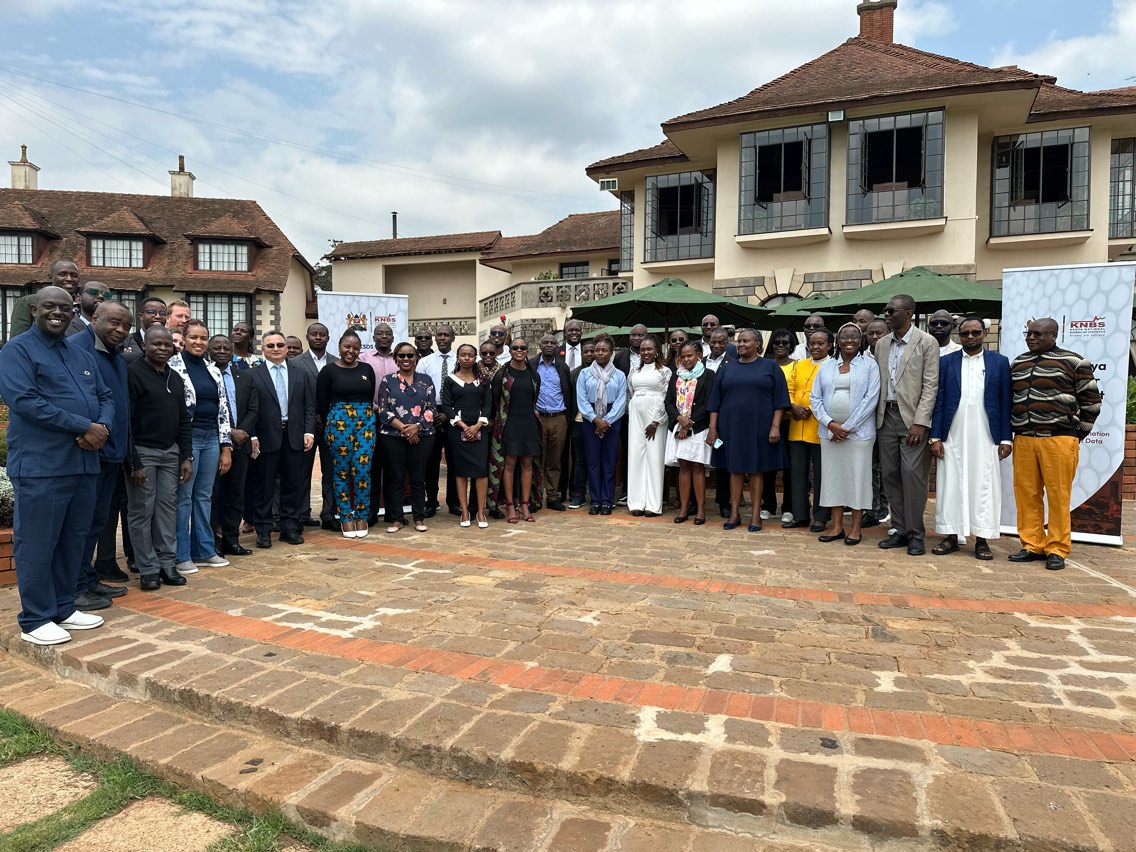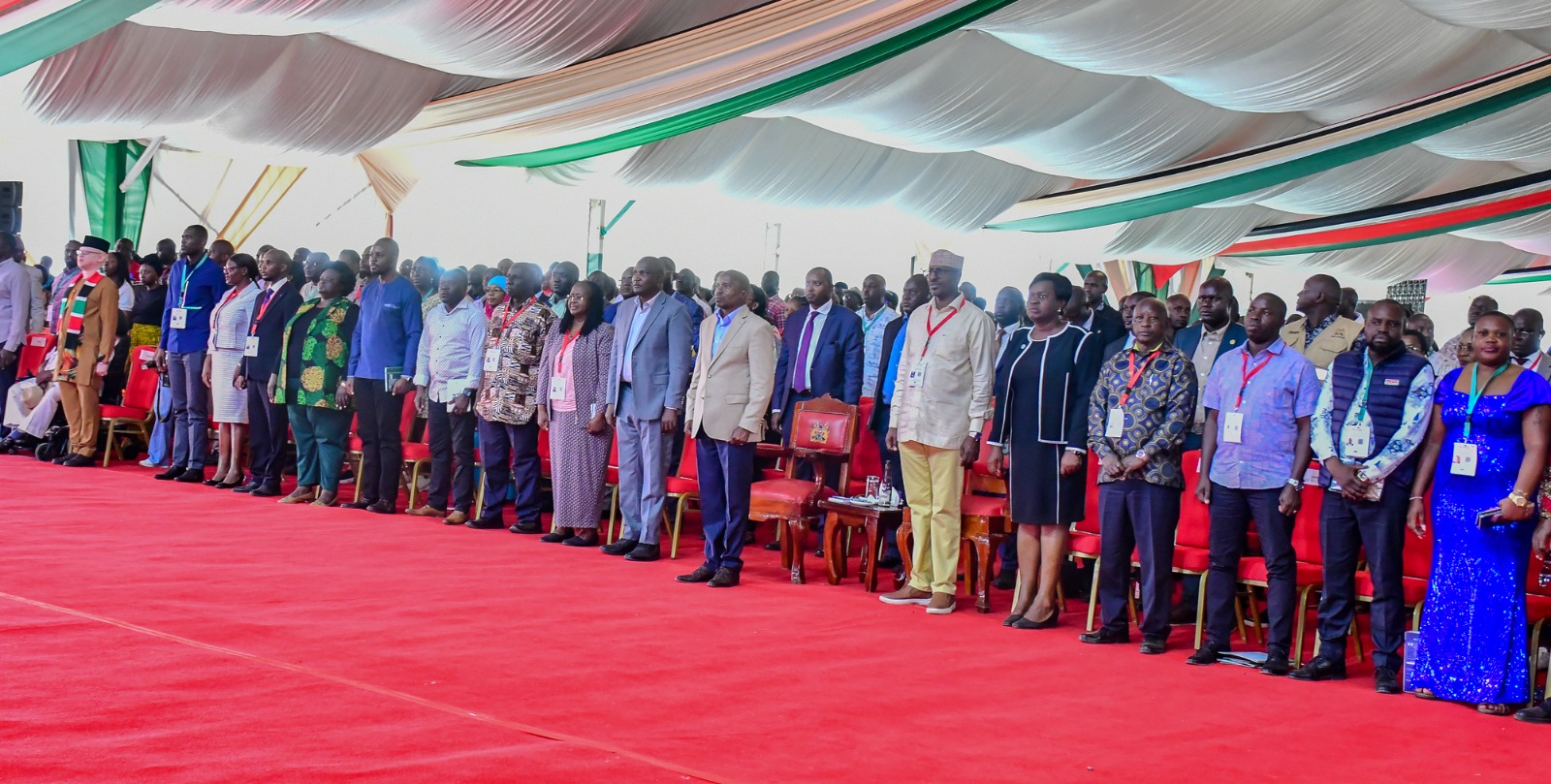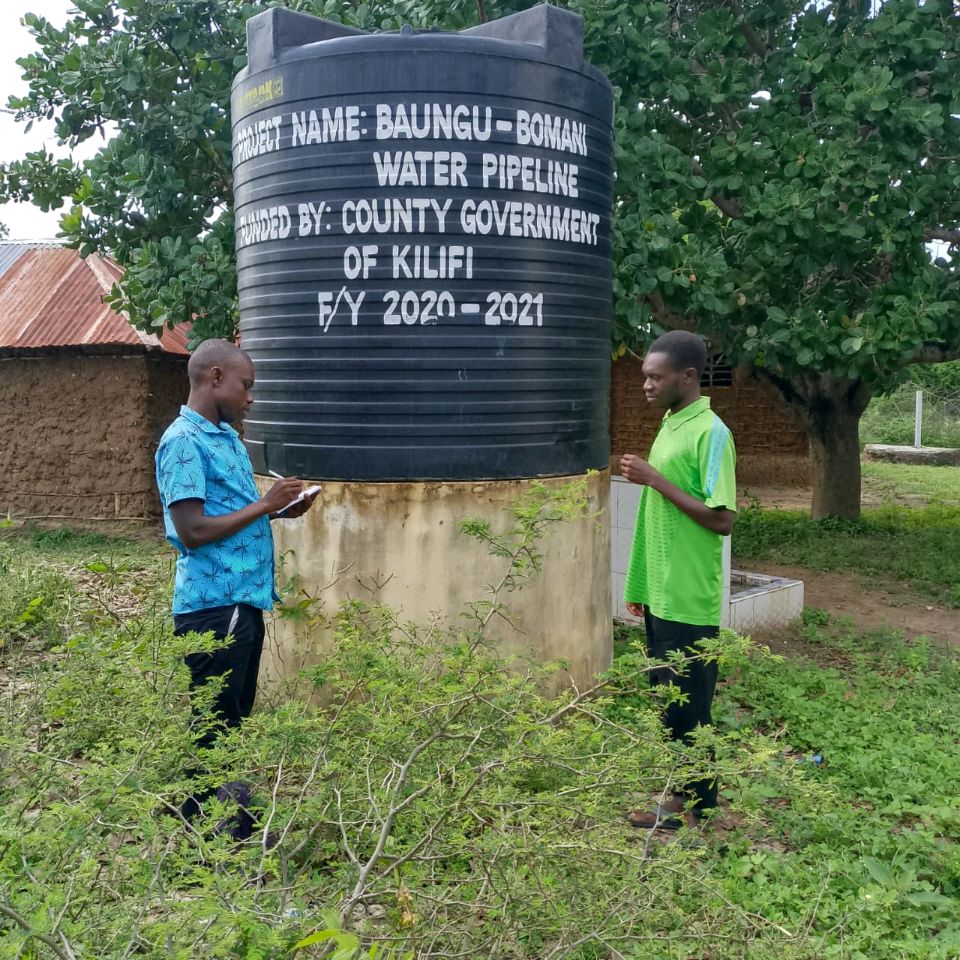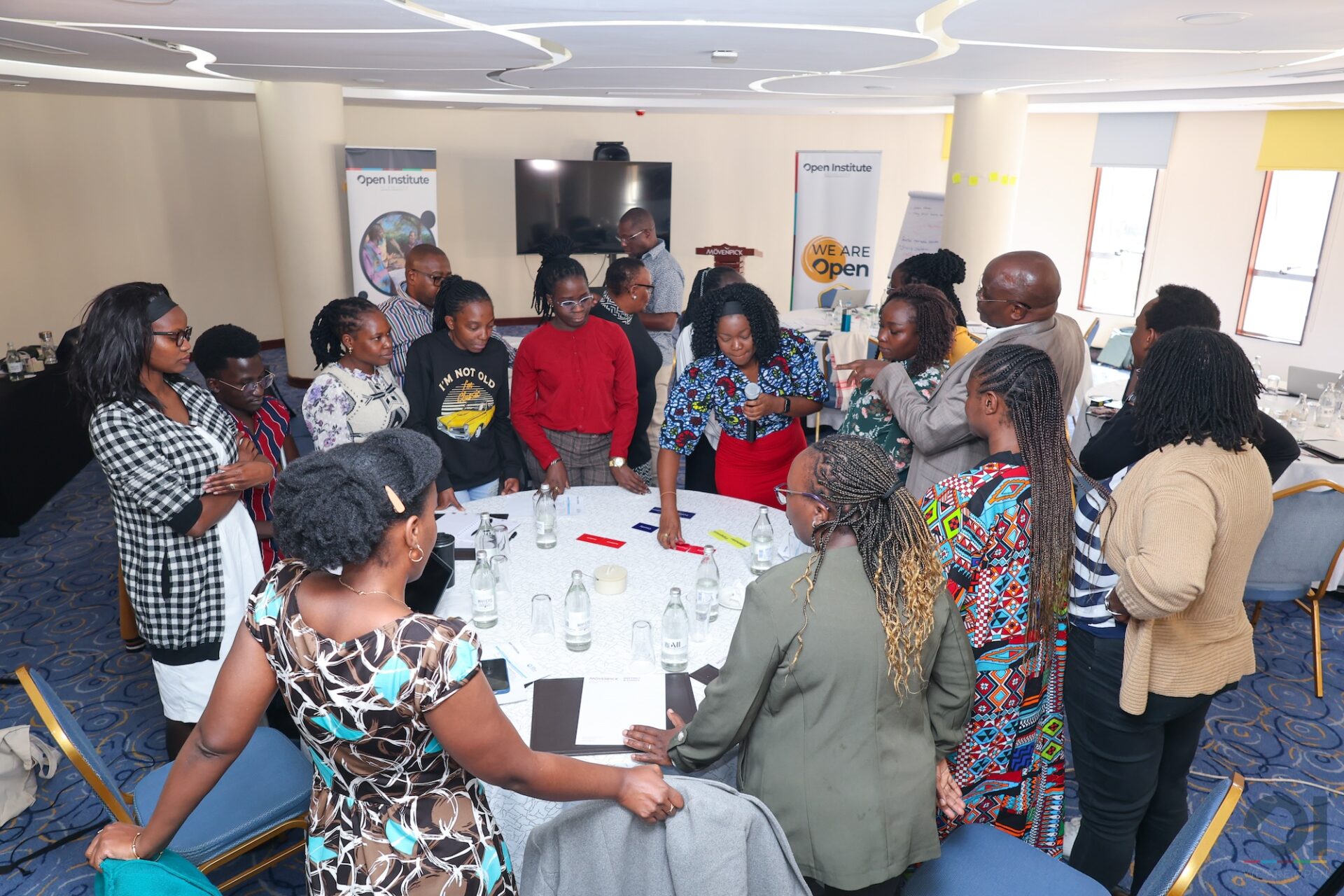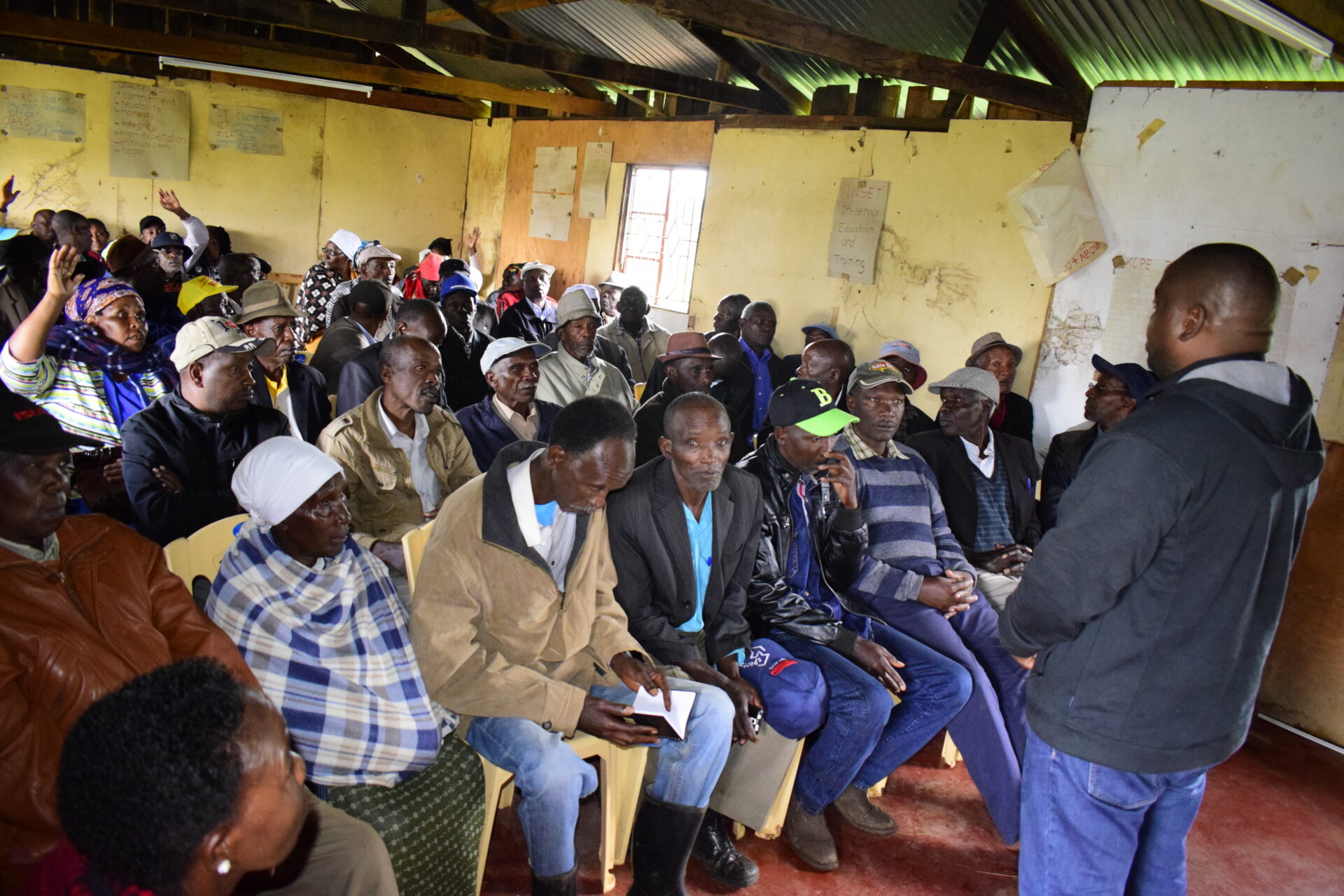What it takes to Transform Governance Through Data Systems in our experience.
Statistical systems—whether from government agencies or non-state actors—form the backbone of a democratic society’s information ecosystem. These systems generate the essential data that shapes economic policies, demographic strategies, and decisions on social and environmental issues. Reliable and accessible data is not merely a tool; it is the bedrock for crafting informed policies that drive sustainable development, enhance county management, and guide governance at all levels.
At the Open Institute, we embarked on a transformative journey in 2013 to strengthen Kenya’s county governments through peer exchanges and technical support. Our Open County programme launched with a bold ambition: to equip all 47 counties with the capacity to manage, curate, and publish data for better decision-making. Implemented in collaboration with the Council of Governors (CoG), the programme aimed to establish a centralised data platform to make county-level data accessible to all stakeholders. This vision marked the beginning of a challenging yet inspiring journey into building a culture of data-driven governance.
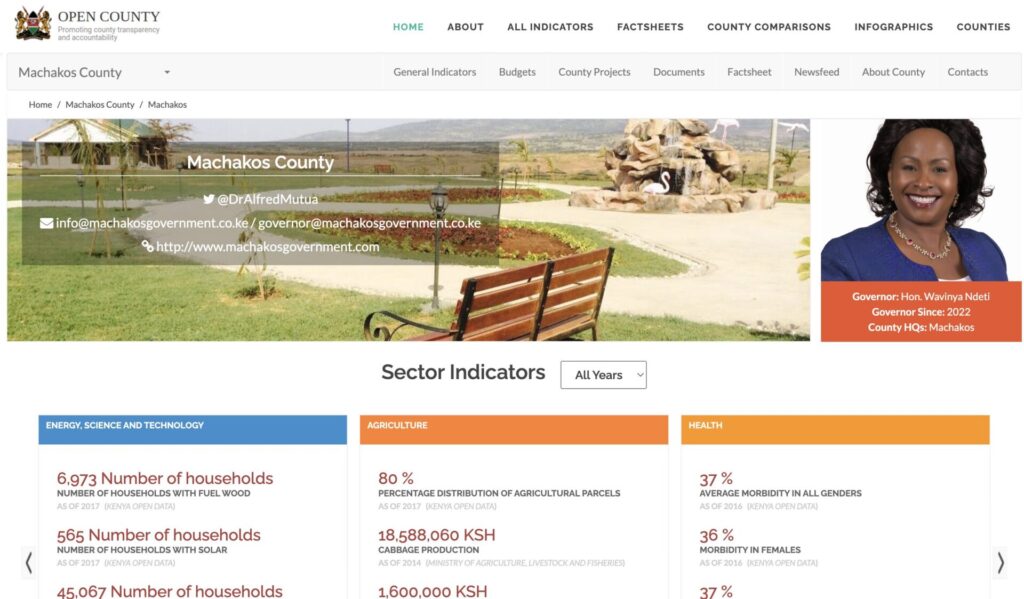
Challenges in Building a Data Culture
From the outset, it became evident that the road to effective data systems was fraught with challenges. Data at the sub-national level was often fragmented, incomplete, or unavailable. Counties lacked critical disaggregated data, such as gender-based or ward-specific information, vital for effective planning and service delivery. What data existed was frequently locked in static formats like PDFs, making it inaccessible for meaningful analysis.
The issues extended beyond technical hurdles. Community engagement in data collection was undermined by mistrust, lack of awareness, and even demands for payment, which skewed sampling integrity. Data requests were often met with resistance or, worse, manipulated for political or financial gain. The repeated, uncoordinated data collection only deepened this mistrust, leaving communities wary of participating in future initiatives. Inadequate funding for data collection compounded the problem, while fears of victimisation further discouraged participation.
However, the most significant realisation was that implementing data and transparency projects required more than finding, collecting, and curating data. Change management emerged as a critical factor. Many county officials were entrenched in governance cultures where data was seen as secondary, leading to resistance when prioritising data-driven decision-making. Shifting mindsets to embrace transparency and accountability demanded technical interventions, trust-building, collaboration, and the demonstration of data’s tangible benefits.
Capacity gaps added another dimension to the challenge. Many counties lacked the skills to manage, analyse, and use data effectively, necessitating a long-term investment in continuous learning and skills development. Furthermore, securing political goodwill and aligning with county priorities were non-negotiable for success. Without leadership buy-in, even the most innovative technical solutions risked being sidelined.
“There was a true lack of awareness in terms of how to handle data. At one point, we asked a county official to give us the data in a spreadsheet, having explained what machine-readable data is. The keen official zealously presented us with spreadsheets, which upon opening, we found contained screenshots from the PDFs!”
Benjamin Charagu, Director, Partnerships at Open Institute
Introducing the Data Desk
To address these challenges, we reimagined our approach. Instead of a centralised platform, we shifted to supporting self-hosted platforms powered by Data Desks—dedicated units within county governments tasked with managing data-related activities. These desks serve as the nucleus of data governance, ensuring information flows across departments and remains accessible for decision-making and public reporting.
By embedding Data Desks into county structures, we aligned their operations with local development priorities, fostering ownership and sustainability. The desks standardised data collection practices, introduced harmonised protocols, and built capacity for validation and reporting. Through tailored training, county officials were equipped with the skills to analyse and utilise data effectively.
In Nandi County, for instance, the Data Desk became a beacon of success, driving advancements that earned the county recognition at the 2023 Open Government Partnership Summit as a leader in digital transformation. The initiative also led to the development of a County Statistics Policy aligned with national standards, further institutionalising a culture of data-driven governance.


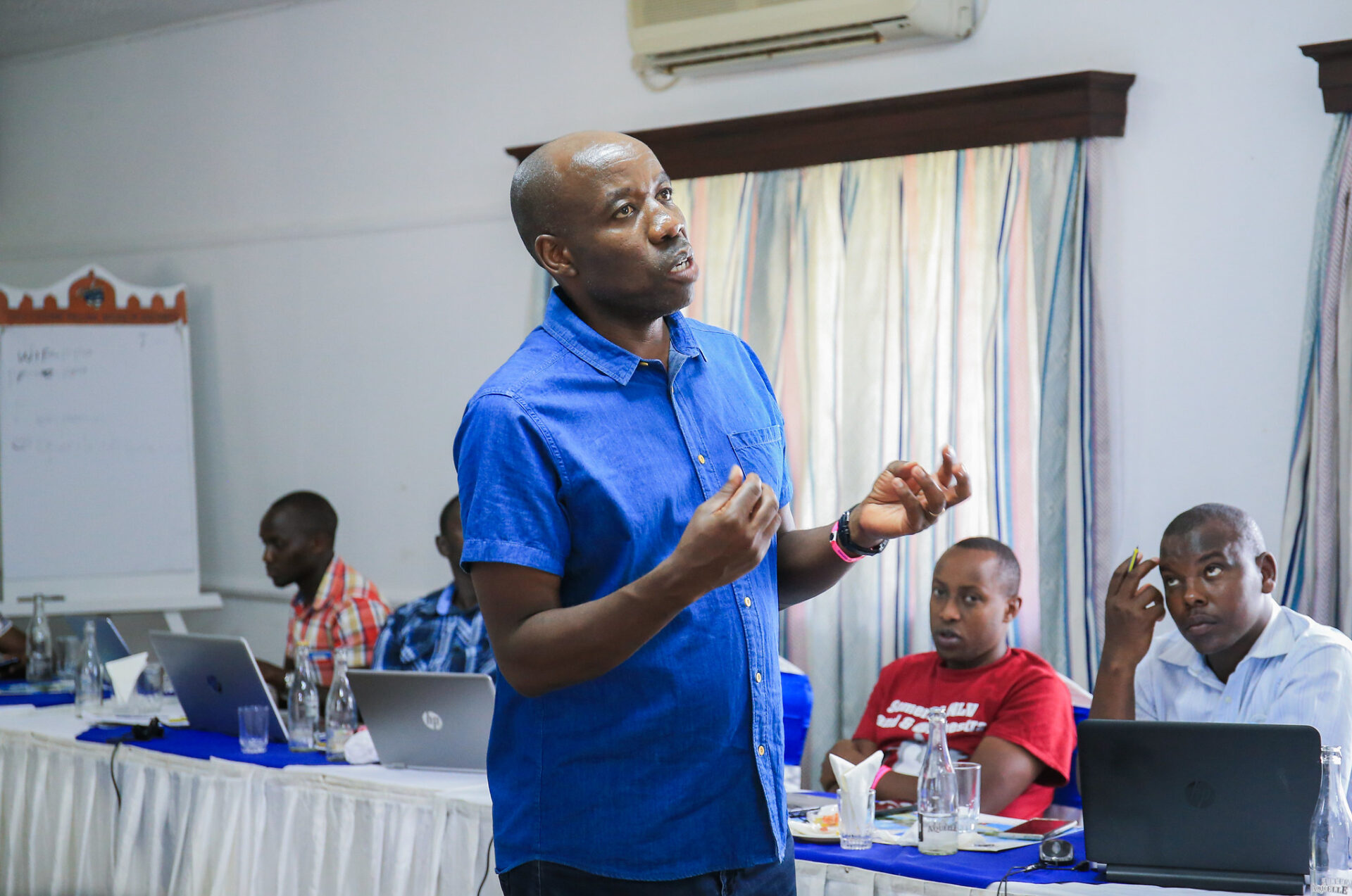
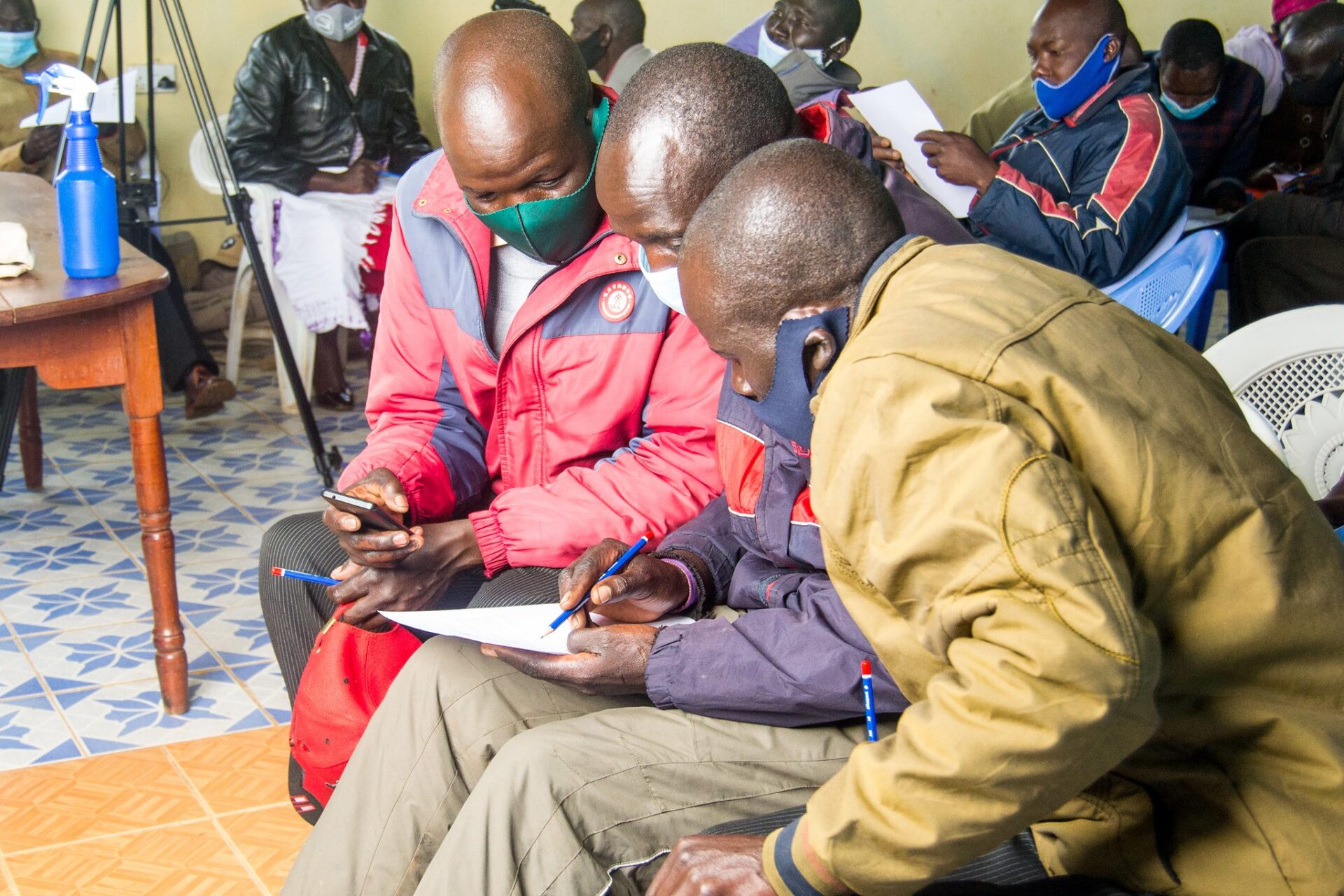
Transforming Strategy: Decentralisation and Tailored Platforms
This pivot to self-hosted platforms required a multi-faceted approach. First, we worked to secure political-level buy-in, ensuring county leadership understood and championed the value of these platforms. With leadership support, we focused on capacity building, training Data Desk teams on the collection, management, and utilisation of data. We developed user-friendly dashboards that reflected each county’s unique needs, enabling officials to visualise and interpret data for more informed decisions.
The work didn’t end with system development. Reliable, granular data collection required intensive collaboration with county teams to ensure accuracy and completeness. Disseminating the data was equally critical. We partnered with county governments to release information in accessible formats, ensuring it reached diverse audiences, from citizens to civil society organisations. This decentralised approach not only enhanced data ownership but also fostered a sustainable model for transparency and accountability.
Insights from the Data Maturity Assessment
In August 2021, we conducted a Data Maturity Assessment to evaluate data practices in ten counties. The assessment focused on how counties collected, managed and applied data in governance and decision-making. It revealed significant gaps in standardised procedures, technical capacity, and infrastructure, often resulting in unreliable and inconsistent data.
However, the assessment also highlighted pockets of progress. Health and governance sectors, buoyed by national government systems, demonstrated higher data maturity levels, regularly collecting and reporting data. These findings provided a roadmap for targeted interventions, underscoring the importance of capacity building, infrastructure improvements, and harmonised data practices.
Lessons from the Journey
Building a data-driven culture in Kenyan counties has been anything but straightforward. Counties like Nandi exemplify what can be achieved with strong leadership, investment in technology, and alignment with local priorities. However, progress remains uneven. Many counties face systemic issues, including limited resources, high staff turnover, and a governance culture focused on immediate crises rather than long-term planning.
The journey has underscored the need for tailored approaches. A one-size-fits-all solution cannot address the unique challenges each county faces. Success depends on adaptability—whether through capacity building, technological upgrades, or trust-building initiatives to foster community engagement.
Our focus is on consolidating gains and scaling successes while addressing persistent challenges. Sustained engagement with county leadership remains paramount, as does revitalising stalled initiatives through targeted support. Disseminating findings from successful counties like Nandi to national stakeholders will be critical for advocating policy changes and mobilising resources.
Collaboration remains at the heart of our efforts. By partnering with stakeholders and leveraging collective expertise, we can drive systemic reforms, particularly in critical sectors like healthcare. Establishing robust, self-sustaining data systems will ensure the long-term impact of our work, empowering counties to manage and utilise data independently.
This journey is far from over, but the milestones achieved so far highlight what is possible. By continuing to localise solutions, tailor strategies, and foster collaboration, we can transform governance in Kenya, building a future where every county thrives on the foundation of reliable, accessible, and actionable data.
Lessons in brief
| The Good: Progress and Successes | Leadership Matters: Counties like Nandi demonstrated that strong leadership and political buy-in are critical for driving innovation and prioritising data-driven governance. Investment in Technology Pays Off: Counties that embraced technology, such as health dashboards and data desks, experienced improved data management and service delivery. Aligned Strategies Drive Change: Initiatives aligned with county development priorities gained traction and ensured sustainable impact. |
| The Challenges: Persistent Barriers | Resource Limitations: Many counties lacked the funding and infrastructure required to establish and maintain robust data systems. Capacity Gaps: Limited technical skills among county officials hampered the ability to analyse and utilise data effectively for decision-making. High Staff Turnover: Frequent changes in key personnel led to a loss of institutional knowledge and disrupted continuity in data practices. Reactive Governance Culture: Many counties prioritised immediate crises over long-term planning, making it difficult to institutionalise proactive data-driven governance. |
| The Ugly: Systemic and Contextual Issue | Mistrust and Resistance: Community mistrust of data collection efforts, coupled with fears of victimisation and resistance to transparency, posed significant challenges. Siloed Approaches: Departments operated independently, using isolated data systems, which limited the integration and utility of data across sectors. One-Size-Fits-All Strategies Don’t Work: The diversity among counties in terms of resources, leadership, and priorities demands tailored approaches to foster data maturity effectively. |





